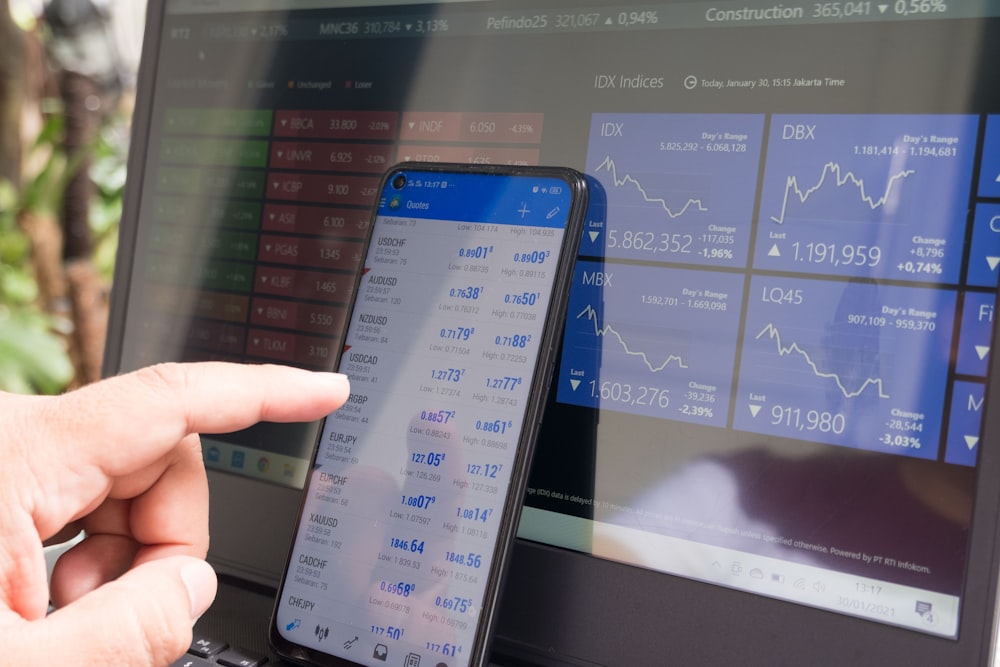

MicroStrategy’s (MSTR) co-founder Michael Saylor once ran a humdrum little software firm. Then, for a moment, his company was worth many billions of dollars – or, rather, for three moments. After a dizzying rise and fall in the dot-com bubble and another after the pandemic, his company’s shares have now more than doubled this year. This latest spike is tied to a bitcoin-buying binge funded in part by bonds that can convert into stock. Unlike GameStop or other meme-crazed run-ups, though, this one is a dicey deal with Wall Street.The company began hoarding bitcoin in August 2020 and ramped up quickly, accumulating over 1% of the world’s supply, according to Bernstein analysts. That stash is now worth nearly $14 billion but cost only $8 billion to buy.About half of that money came from debt. That sounds risky, especially since MicroStrategy’s “real” business, its software operations, only generates around $500 million in annual revenue. The danger became clearer in 2022, when the price of the cryptocurrency – posted as collateral for a loan – dipped perilously. Shares tanked.Yet there’s a corner of the market hungry for these wild swings. Hedge-fund arbitrageurs will short a company’s stock, and then buy bonds that can convert into shares at a set price. If the stock goes up past that price, the bond pays out handsomely. If there’s a sharp fall, the short cashes in. The key to the trade is the magnitude of a stock’s gyrations.MicroStrategy supplies that in spades: Its shares are three times more volatile than the broader market, according to LSEG data. They also amplify bitcoin’s price moves, outperforming the currency’s climb by 2.5 times since August 2020. The company has issued about $4 billion in convertible bonds, snapped up by hedge funds like Citadel.For now, this machine is whirring away. But while Citadel is protected if bitcoin’s price, and thus MicroStrategy’s shares, fall, Saylor isn’t. There is a window of time in which some convertible note holders could demand payment in cash. Raising that money amid a stock plunge would be tricky – fresh debt might be difficult, and selling stock would exacerbate any decline. The final recourse might be to sell bitcoin, something Saylor has vowed never to do. Any bankruptcy would also leave regular shareholders worse off than Wall Street funds with a claim on any remaining stash. It’s a giant gamble on “number go up”.
Context News
MicroStrategy on June 20 said that, between April 27 and June 19, it had purchased about 11,931 bitcoins for $786 million using proceeds from a convertible bond offering and excess cash.More By This Author:What Is The Difference Between The ETF Replication Methodologies Even Smooth Bank Stress-Test Results Fray Nerves S&P 500 Earnings Dashboard 24Q1 – Friday, June 28
















